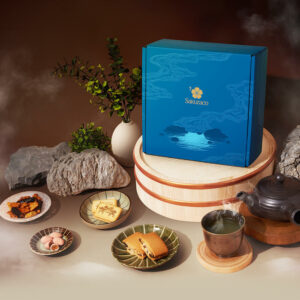
Sakuraco May 2024 Reviewer Contest Winners Announced
Hello, Sakuraco community! We hope you’re doing well. Here are the winners of the May 2024 Reviewer Contest!

Hello, Sakuraco community! We hope you’re doing well. Here are the winners of the May 2024 Reviewer Contest!

The Boso Peninsula is an ideal getaway in Japan with scenic wonders and simple pleasures and rich in history and culture.

A jidaigeki film, or Japanese historical drama, is a genre in Japan that includes films, television shows, video games, and theatre.

From sweet amazake to earthy aojiru, these traditional Japanese drinks offer an entirely different world of refreshment.
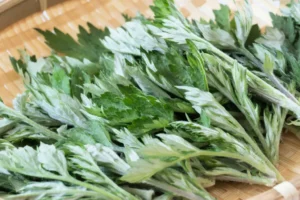
Japan’s flora includes many species, with about 4,500 native Japanese plants. They come in many different shapes, sizes, and colors. These plants include wisteria, yomogi, and iris.

From custom cutlery to amazing tea sets, these Father’s Day gifts will surely make your loved ones feel appreciated this June!
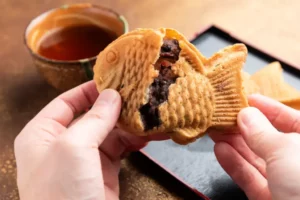
Exploring traditional Japanese food is a voyage through centuries of culinary art and culture. Let’s explore five classic Japanese snacks, each a delicious mix of flavor, tradition, and history!
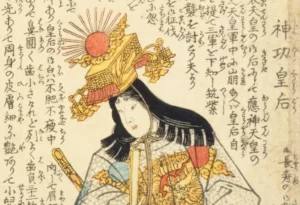
Few figures in Japanese history are as enigmatic as Queen Himiko. She was a woman of mystery who evades concrete description and has befuddled scholars and historians for generations.
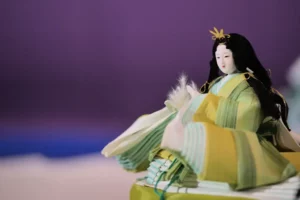
Throughout history, Japan has seen empresses regnant who sat on the throne and ruled with their own power.
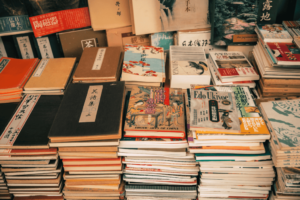
Japanese literature is like a magical window that lets you peek into Japan’s fascinating culture and history. Here are five classics to read this summer!
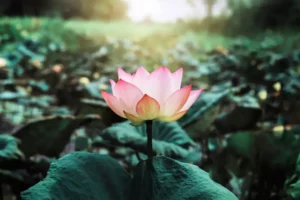
Summer flowers in Japan bring vibrant colors to the country’s landscapes. From the hydrangeas to the sunflowers, these blooms adorn parks, gardens, and shrines across Japan.
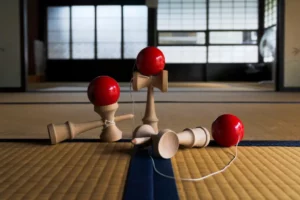
Let’s explore the world of traditional Japanese games, each with cultural significance and entertainment value!
Join our newsletter and receive tasty news and deals
Thanks! We just sent you an email to confirm your subscription. To finish signing up, please click the confirmation link in the email.
Error